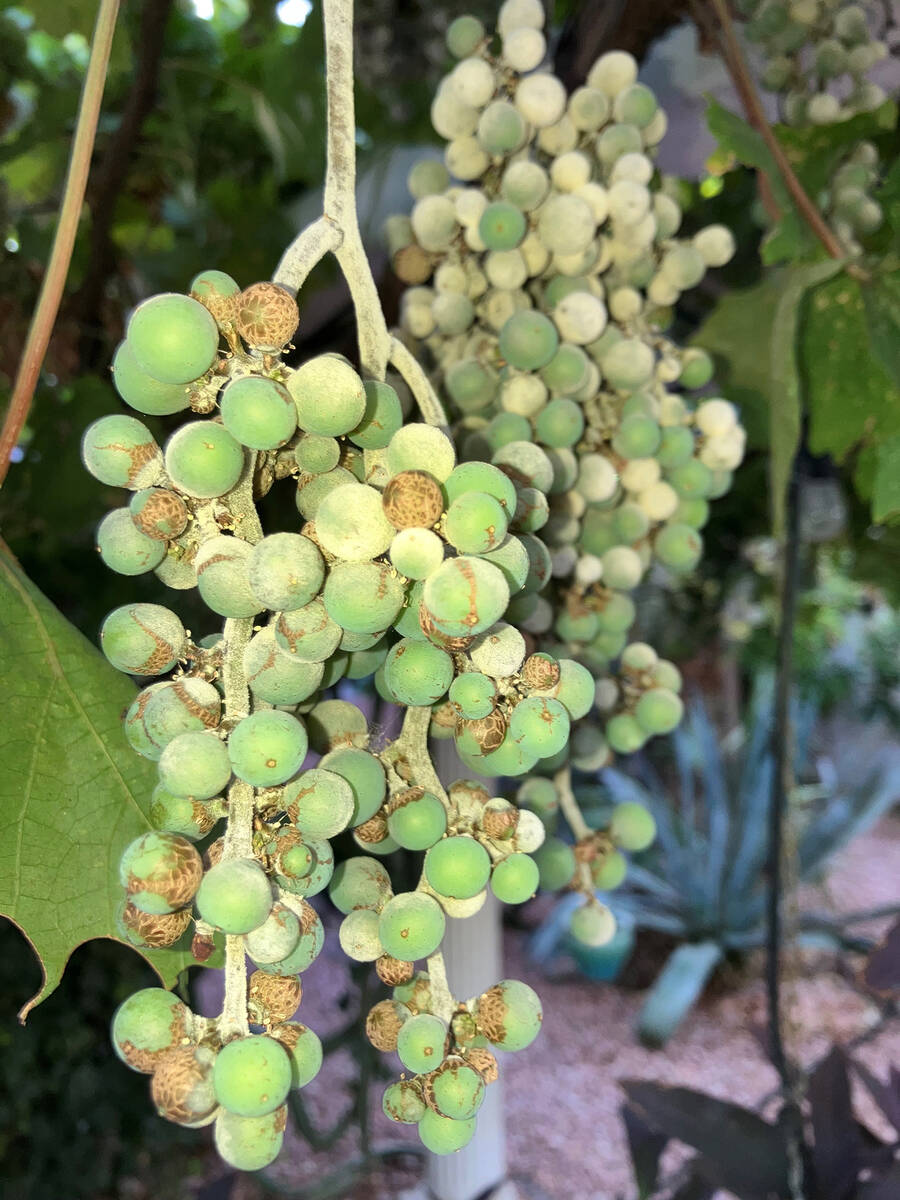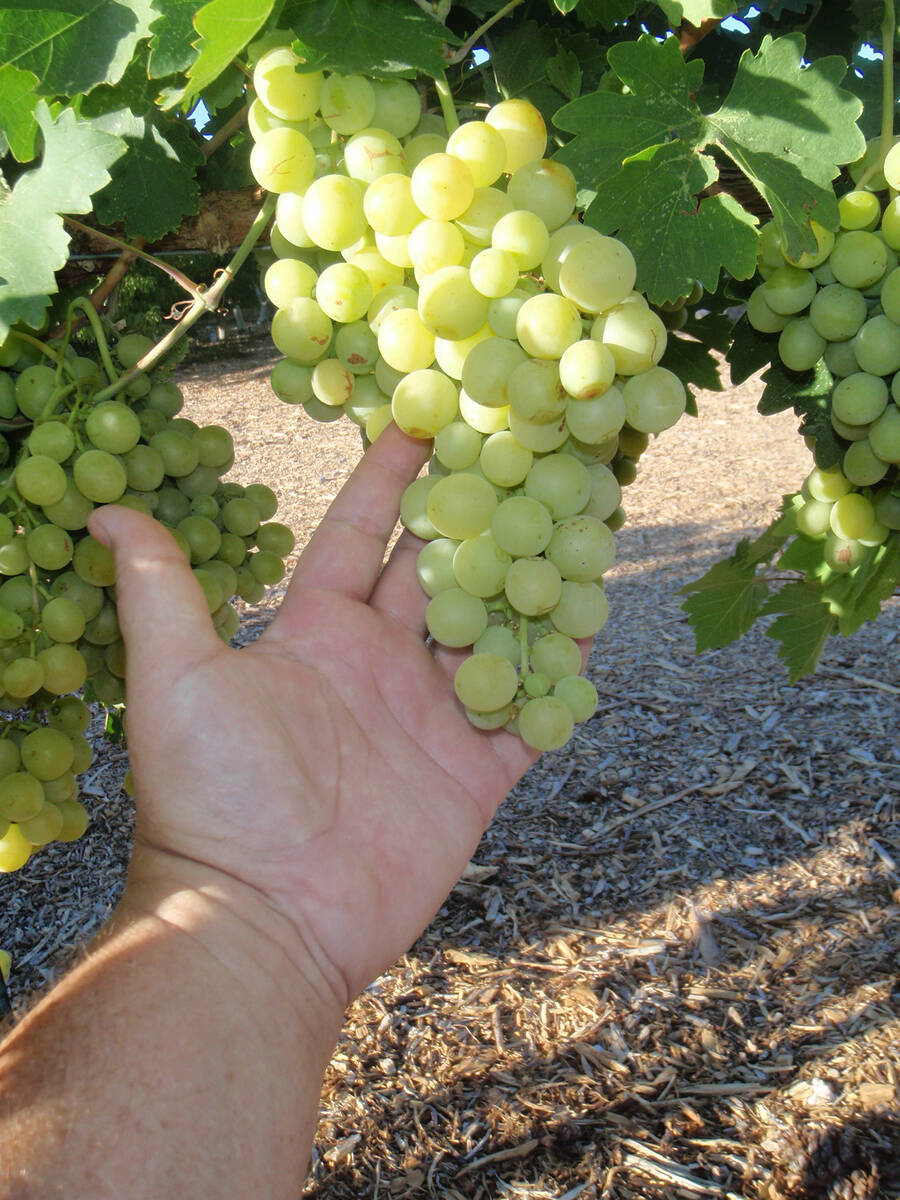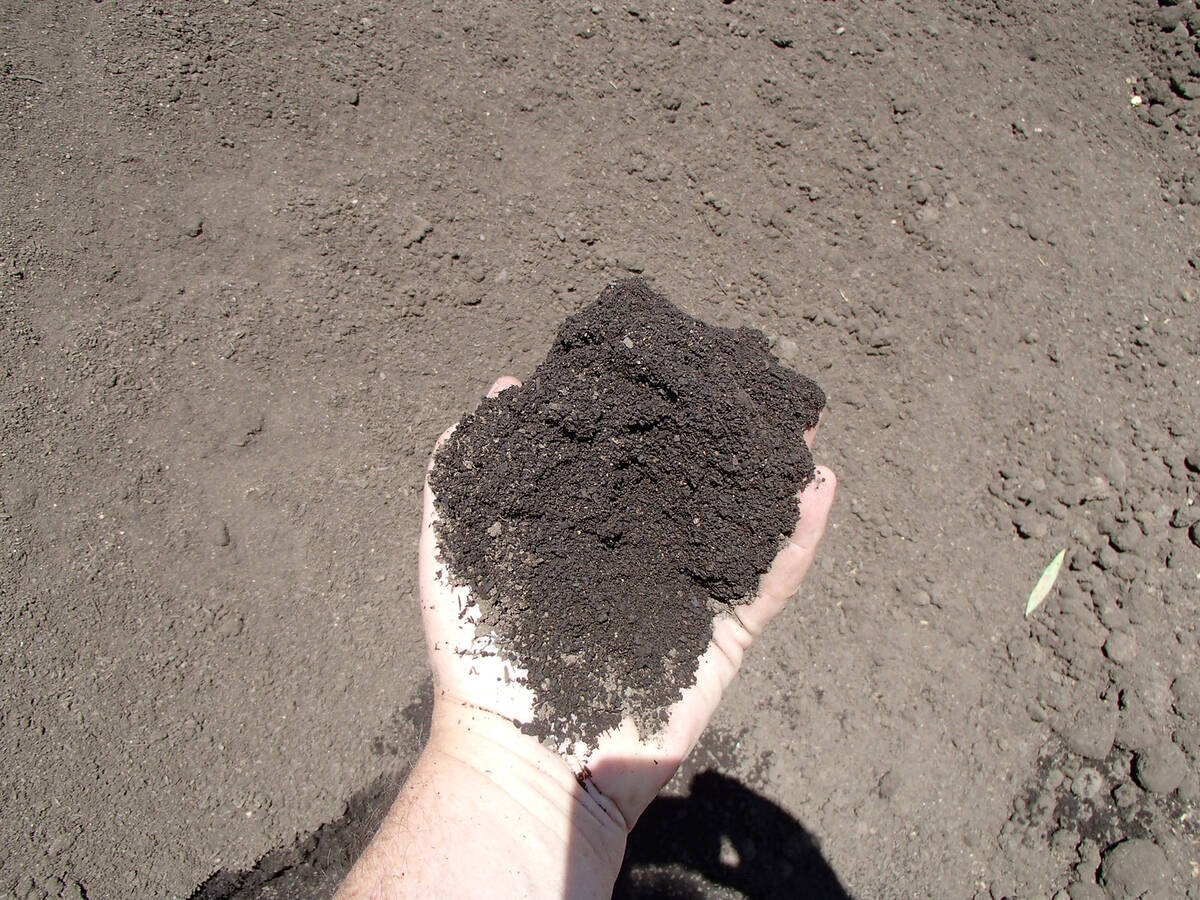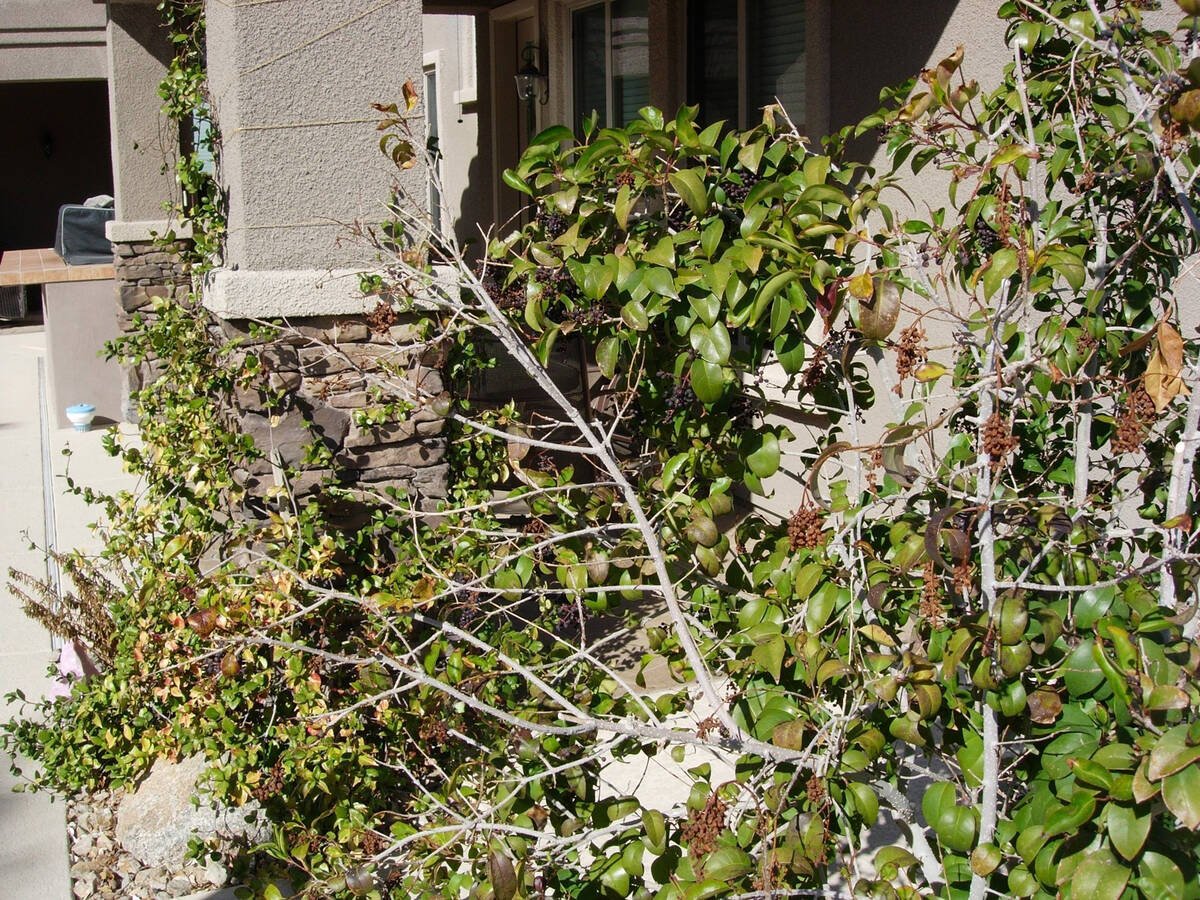Fungal disease affects grapes long before it can be seen
Q. The berries on my Red Flame grape are shriveling and turning gray but the vine looks healthy. Do you know what the problem is?
A. From the pictures you sent, it’s one of the “bunch” diseases. The bunch diseases attack only grape bunches. At the beginning of summer is when we notice disease problems on the berries of grapes such as the so-called “bunch rots.” But that’s not the time to treat. Grape fruit (the berries) develop nicely up until that time and everything appears normal; you can’t see the disease yet.
This particular disease is either botrytis or powdery mildew. The cause was a fungal disease, and the grape vine needed a chemical spray for protecting the grapes in about late March or early April. There’s nothing you can do now. Fungicide sprays must be applied shortly before or right after the berries start developing.
Fungicides act differently than insecticides. Disease control using fungicides and bactericides must be applied months before the disease is seen. For homeowners, copper fungicides should be applied to these bunches (you must spray the entire vine) to protect them from this disease. The exact disease name is not necessary but the fungicide is.
You can apply a fungicide to your Red Flame grapes now, but it won’t do you any good. The disease will continue and more grapes will turn gray. The infection is already inside the berries; the graying is a visual sign the disease is present.
Using chemicals to control diseases is usually a protective spray. Controlling insects by applying insecticides is different. Very seldom are insecticides applied as a protectant, when they are applied before we see the problem. Insecticides are applied usually as a curative and are applied after we see they are present.
How to know when to apply fungicides? Commercial growers use the weather and understand that if they don’t apply the right disease control, there are risks that they could lose their fruit. If the weather is right, fungicides and bactericides may be applied to susceptible plants. Any time windy or wet weather precedes fruit development or flowering, disease control (fungicides, bactericides, viricides) are applied to highly susceptible plants.
Q. When do you harvest green grapes and how do you increase their individual size?
A. Increasing the size of the berries (individual fruit) is a two-step process starting when the berries are very small. The correct time to begin this operation in our climate could begin as early as the end of March or the first part of April. At this time the berries have already begun to increase their size. The correct time to begin is when the berries are about the size of a young, early pea.
First, leave only the large bunches and remove any small bunches. You want the average distance between bunches to be about 8 or 12 inches depending on how much was set. You want the remaining bunches to be big and long.
After removing the smaller bunches and getting the correct average distance apart, next reduce the size of each bunch by one third. Pinch the bottom one third of each bunch of grapes and remove it. It will decompose on the soil or mulch surface. The result is a fewer berries and fewer bunches. This results in larger fruit.
This is the “organic” method. There is an “inorganic” method involving spraying the bunches with hormonal sprays when they are increasing in size but the “organic” method should be adequate for most homeowners.
When to harvest is more difficult with green grapes than red grapes. Green grapes have a slight color change when they are ready to harvest. This change in color of the berries is from green to yellowish green or “bronzy” in color.
To determine the harvesting date, taste a few of the berries. If the berries are to your liking, then harvest them. Birds begin their damage (pecking or stealing berries) when the sugar content rises in fruit. Seldom do they damage fruit when the sugar content is low unless they are a stupid variety or young and inexperienced. Whenever you start to see significant bird damage, begin harvesting ripe fruit. After the grapes are harvested there is little to no change in sweetness.
Q. I’m planting new fruit trees this year. I’ve noticed there seems to be a consensus that back-filling should be done with only native soil, without any amendments. However, is there an exception in Las Vegas where the soil is exceptionally poor?
A. Yes there is, and you are correct. Our desert soils normally need amending at planting time. If you watch online videos or get information from outside sources, they may tell you it’s a waste of money to improve the soil at the time of planting. They may be correct in other locations but under our desert conditions it usually isn’t true.
In cases cited by outside sources, the soil already had enough organics in it that it made no difference; it had 2 percent organic content or higher. Research at Oklahoma State University during the 1970s clearly showed that no amendment to the soil was needed and mixing organics such as compost into the soil at the time of planting was a waste of money.
This original research was repeated at Arizona State University where the researchers used an agricultural soil with a similar organic content: 2 percent or more. The researchers came to the same conclusion; the addition of organic matter (compost) was a waste of money. Ipso facto, no soil amendments are needed.
Very practical original research often proves what we already know. What about soils with organic content much lower than 2 percent? Is organic matter still needed? That research is never been done. Many of our Mojave Desert soils have an organic content much lower than 1 percent.
How do you know if your soil has an organic content above 2 percent? Send it to a soil testing lab (pay $70 and wait two weeks) where they can accurately measure the organic content of your soil and tell you its percentage. Or you can look at its color and judge for yourself. The color of soil darkens as the organic content increases. If your soil has a light tan color, the color of creamy coffee, then it has a very low organic content of probably less than 2 percent.
Q. I have two tree-form privets; one has nearly died and the second looks to be withering at the top. I have eight bush-form privets that seem relatively healthy, and two that have completely died with one trying to bounce back from near death. All the trees and bushes are in the same area getting the same amount of water. There just doesn’t seem to be a reason why some die and others thrive right next to each other.
A. First of all, Japanese privet, like its name suggests, is not suitable for the desert. It’s suitable for Japan and similar climates. Whenever we take a plant and grow it outside of its comfort zone (parts of Japan and China) we will have problems unless we take these problem areas into consideration. Plants, unlike animals, cannot move from an inhospitable place to a more hospitable place. We can, as all animals can, because we have legs. For this reason, its location, where it’s planted, is extremely important.
You are looking at this plant at one point in time. You don’t know what will happen to this plant in the future; all you can do is look at its current situation and what happened to it in the past.
Japanese privet will do OK in the desert if it receives afternoon shade, enough water and soil improvement, just like Japan. Japanese privet is what we call a “mesic” plant and must receive adequate amounts water on a regular basis.
Secondly, Japanese privet performs well with amended soil and needs the soil improved on a regular basis to survive. For this reason, it doesn’t like to be surrounded by rock mulch when the amendments run out.
Thirdly, it doesn’t like direct desert sunlight all day long, particularly if surrounded by rock.
Bob Morris is a horticulture expert and professor emeritus of the University of Nevada, Las Vegas. Visit his blog at xtremehorticulture.blogspot.com. Send questions to Extremehort@aol.com.











